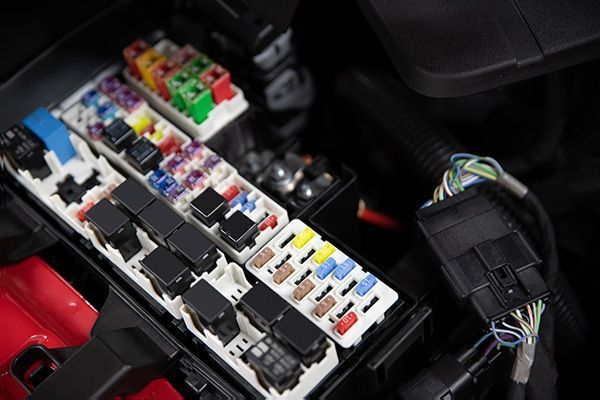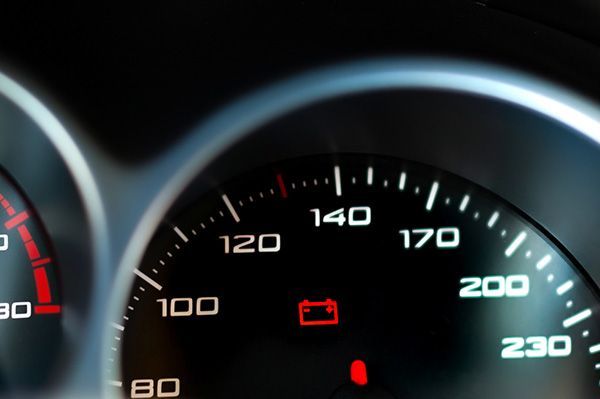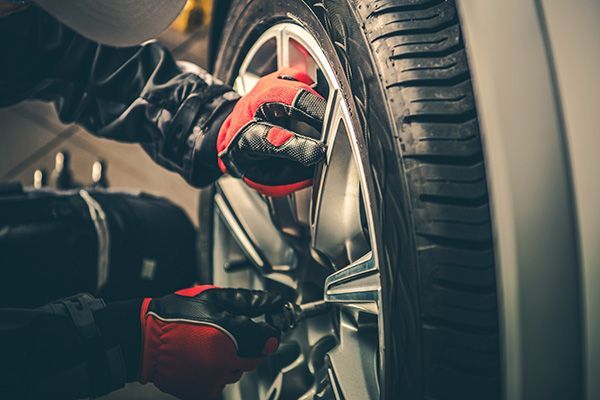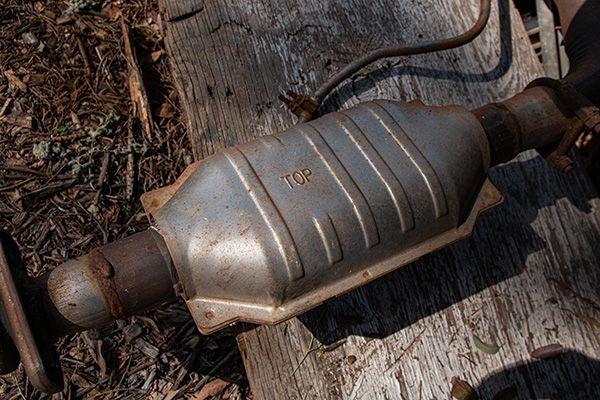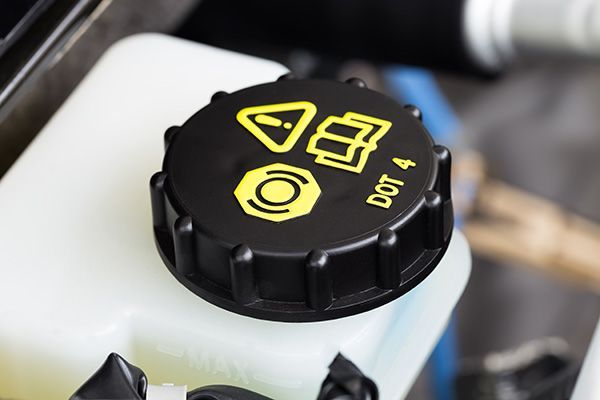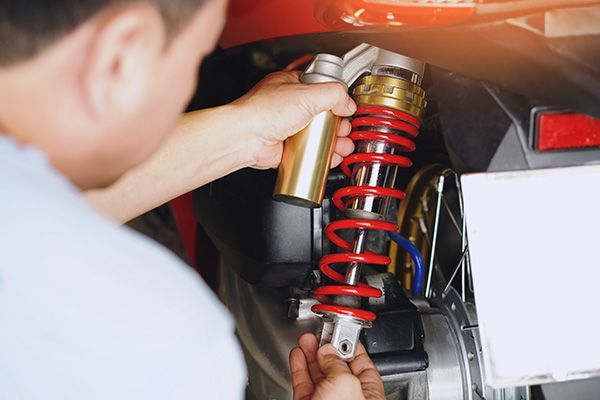Adding the wrong fluid can turn a simple maintenance task into an expensive repair. Modern vehicles rely on specific chemistries for lubrication, cooling, hydraulic pressure, and corrosion protection. When a fluid is contaminated or mixed with an incompatible type, seals swell, passages gum up, and sensors give bad readings. If you recently topped off a reservoir and something feels off, it is smart to sort it out before damage spreads.
Why Fluids Are Not Interchangeable
Every fluid in your car has a job and a formula to match. Engine oil carries heat and protects moving parts with a specific viscosity and additive pack. Coolant resists freezing and raises the boiling point while guarding against corrosion. Brake fluid is a hydraulic fluid that must tolerate high heat and absorb moisture without boiling. Transmission and power steering fluids must keep valves and clutches clean while maintaining the correct friction characteristics. Swapping or mixing these chemistries can undo the protection each system needs.
Engine Oil Mix Ups and Additive Clashes
Pouring coolant, washer fluid, or fuel into the oil fill will quickly ruin the oil. Even a small amount of water based fluid breaks the oil film and creates a milky emulsion that cannot protect bearings. Using the wrong oil grade can be harmful, too. Oil that is too thick on cold starts delays lubrication. Oil that is too thin under heat can lower pressure. Additive conflicts can also upset variable valve timing. If the wrong product went into the crankcase, the safest path is to drain it, replace the filter, refill with the exact spec, and recheck after a short run.
Coolant System Contamination
Coolant is not just colored water. It uses specific inhibitors to prevent corrosion in aluminum blocks, radiators, and water pumps. Mixing two different coolant chemistries can cause gel formation or scale deposits that clog small passages. Topping off with plain water dilutes protection and can promote internal rust. The most serious mistake is adding oil, fuel, or transmission fluid to the overflow bottle. Any petroleum in the cooling system attacks hoses and swells rubber seals. In these cases, a full chemical flush and hose inspection are required, and the thermostat and radiator cap should be evaluated as well.
Brake Fluid Is Not ATF or Power Steering Fluid
Brake systems are sealed and rely on DOT rated fluids that are glycol based. They absorb small amounts of moisture safely and maintain a stable boiling point. Power steering and many automatic transmissions use petroleum based fluids. If ATF or steering fluid goes into the brake reservoir, rubber seals can swell and soften, internal passages can gum up, and the master cylinder can fail. Even a small cross fill requires a complete hydraulic flush and often new seals or components. If the pedal feel has changed since the mix-up, stop driving and arrange a tow.
Transmission and Differential Mistakes
Automatic transmissions require the exact fluid type noted on the dipstick or pan label. Friction modifiers inside the fluid control how clutch packs engage. The wrong fluid can cause harsh shifts, flares, or slipping that leaves debris in the valve body. Continuously variable transmissions often use unique fluids that are not compatible with traditional ATF. Gear oil in a differential must match the specified weight and limited-slip additive requirements. If the wrong fluid has been added, an immediate drain and refill with the correct product can prevent a costly internal repair.
Power Steering and Electric Assist Considerations
Hydraulic power steering systems need the correct fluid to protect the pump and rack seals. Some cars use ATF, others use a dedicated steering fluid. Mixing the two can create noise, foaming, and leaks. Many newer vehicles use electric power assist with no fluid at all. In those cases, any fluid found in the reservoir area may be from a separate system. If the assist feels jerky or noisy after a top off, the system should be inspected and bled, and the rack checked for seal damage.
Washer Fluid Where It Does Not Belong
Washer fluid belongs only in the washer reservoir. It contains alcohols and detergents that are not friendly to rubber seals in other systems. If washer fluid went into the coolant bottle, expect a sweet smell and foaming at the cap. If it went into the brake or power steering reservoir, plan on a complete flush and seal inspection. These mixes rarely fix themselves and can worsen with heat.
What To Do Right After a Mix Up
Quick action limits damage. Here is a simple plan that helps in most cases:
- Do not start the engine if a major cross-fill is suspected.
- Note what was added, about how much, and where.
- Bring the vehicle in for a drain, flush, and refill with the correct spec.
- Ask for a short test drive and recheck to confirm normal operation.
Bringing the bottle you used helps identify the exact chemistry, which speeds up the fix.
Why Professional Flushing Makes All The Difference
A proper correction does more than drain and fill. The system is cleaned so residue does not continue to circulate. Critical seals are inspected for swelling. Filters or screens are replaced to prevent loosened debris from clogging valves. In cooling systems, the bleed procedure is followed to remove air pockets. In brake systems, each wheel circuit is flushed until fresh fluid runs clear. Skipping these steps is how repeat failures happen.
Fix Fluid Mistakes Fast with Morin Brothers Automotive in San Luis Obispo, CA
If the wrong fluid went in or a top off does not feel right, Morin Brothers Automotive can identify the mix, flush the affected system, and refill with the correct specification for your vehicle. We check seals, hoses, and filters so the problem does not return.
Call or stop by today, and let our team protect your engine, transmission, brakes, and cooling system from a simple mistake that could grow into a major repair.


